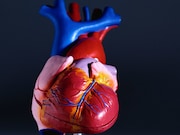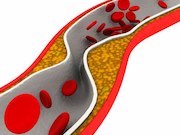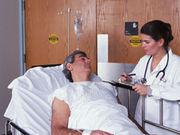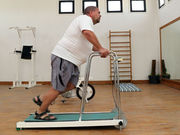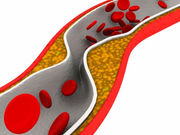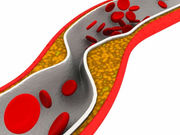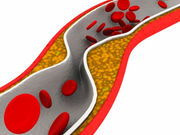Tag: Peripheral Artery Disease
Appropriate Use Criteria Released for Peripheral Artery Intervention
Guideline-directed medical therapy, lifestyle and risk factor modification are cornerstones of therapy
USPSTF: Evidence Lacking for ABI for PAD Screen in Asymptomatic
No direct evidence, limited indirect evidence for benefits of PAD screening in asymptomatic population
Exercise Intervention Doesn’t Improve Walking Ability in PAD
Smaller mean change from baseline to follow-up in 6-minute walking distance with exercise intervention
About One in Six Readmitted Post-Revascularization for PAD
Most common causes of readmission were procedural complications, sepsis, diabetes complications
AHA: Supervised Exercise Ups 6-Minute Walking Distance in PAD
But no improvement seen with branulocyte-macrophage colony stimulating factor
Eating More Fruits, Vegetables May Lower Risk of PAD
One-on-one dietary assessments and counseling needed in peripheral artery disease, researcher says
Low Use of Medications, Lifestyle Counseling in PAD Patients
Increased odds of antiplatelet therapy, statins, ACEI/ARB, smoking counseling with comorbid CAD
Retinal Microvascular Findings Linked to Risk of PAD
Retinal hemorrhages, exudates, microaneurysms, retinopathy linked to risk of peripheral artery disease
AHA: Ticagrelor Not Shown to Be Superior to Clopidogrel in PAD
No better for primary efficacy composite end point of cardiovascular death, myocardial infarction, stroke
Guidelines Updated for Management of PAD
New guidelines emphasize importance of structured exercise program, tailored to individual patients


